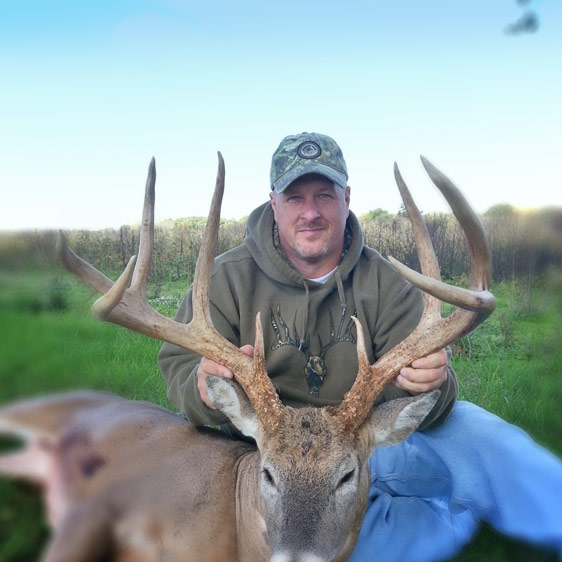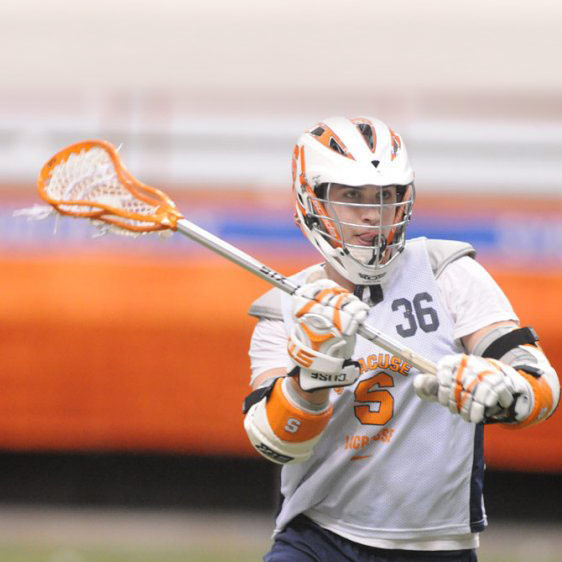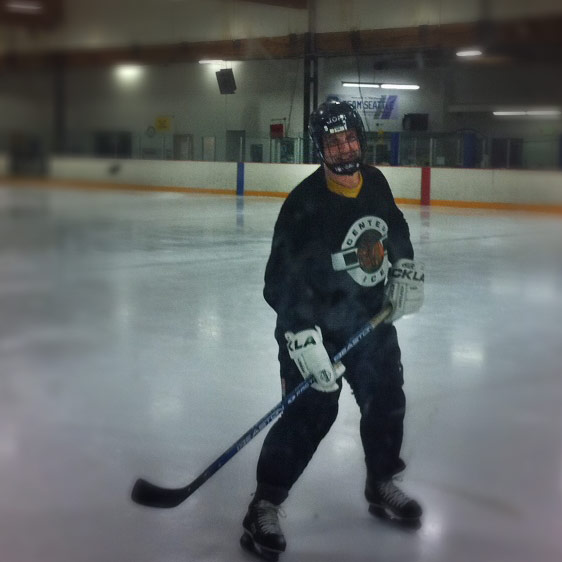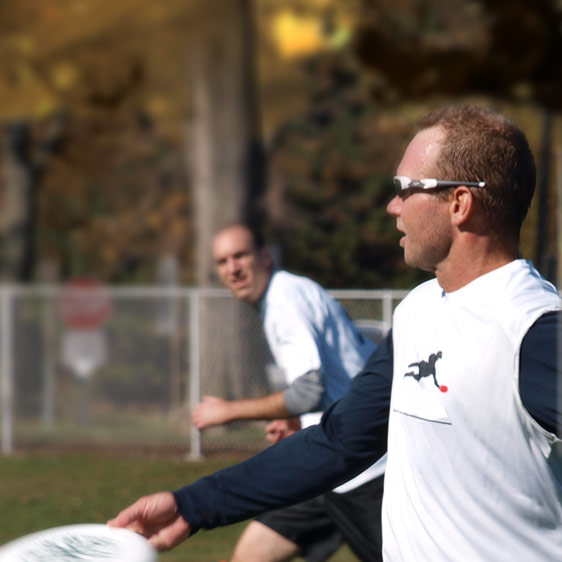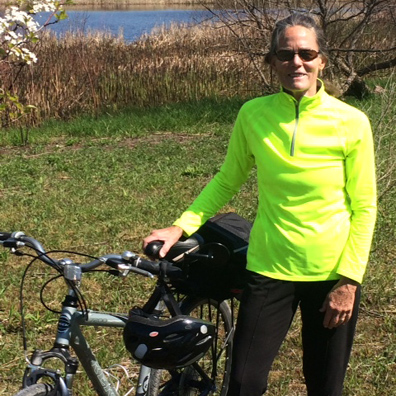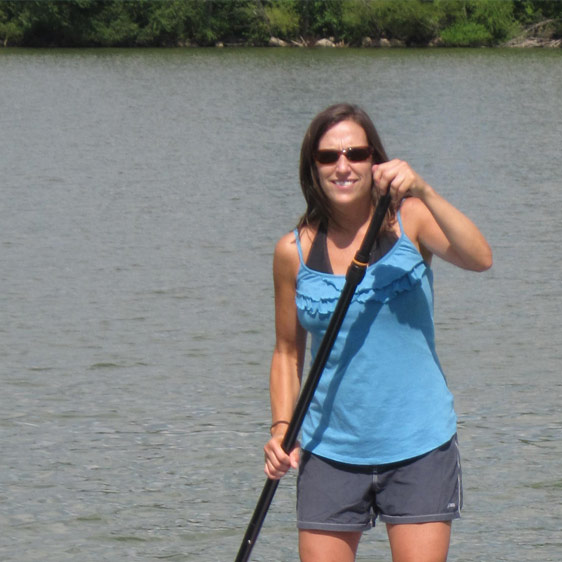
Imagine being a young mother and not able to lift or hold your baby, reach into the clothes dryer, back your car out of the driveway, or even reach for a cup in a cabinet without the fear of a shoulder dislocation. For Debbie Brand, those were just some of the daily challenges she faced because of a painful shoulder injury she’d been unsuccessful in getting repaired for 18 years despite seeing two orthopaedic physicians. Brand thought she might just have to “live with it” for the rest of her life which was a difficult realization for someone so active.
“My left shoulder would pop out or grab when I’d try to do the simplest reaching movements,” Brand explained. “It was getting worse and worse and nothing seemed to help. I had an MRI with dye (contrast) that showed something was floating. The physician couldn’t tell what it was and suggested surgery so he could make a definite diagnosis. Another orthopaedic physician told me I had a flat shoulder bone and sent me for three months of physical therapy that did not solve the problem. Needless to say, I was feeling hopeless and thought I’d have to just live with it,” she explained.
According to Brand, her life changed during a chance encounter at her children’s school. A friend had his arm in a sling because he just had arthroscopic shoulder surgery for symptoms much like hers. His surgery was performed by Dr. Steven Chudik, orthopaedic surgeon and sports medicine physician with the Steven Chudik Shoulder and Knee Injury Clinic. “For the first time in years I was hopeful,” Brand said. “I scheduled an appointment with Dr. Chudik. He was the first orthopaedic surgeon I’d seen who was able to diagnose the cause of my pain and provide me with a real solution,” Brand explained.
Brand underwent a special arthroscopic procedure developed by Dr. Chudik to repair a torn labrum and reconstruct her glenoid—her shoulder joint socket. “Debbie’s multiple dislocations eroded her glenoid. I had to completely rebuild it with a bone from her hip,” said Dr. Chudik. “Surgeons familiar with this complicated problem perform the procedure through a large, open incision that cuts the rotator cuff and dislocates the shoulder. My arthroscopic technique uses special instruments to address the problem through several small incisions that makes recovery easier and more complete than with open surgery,” he explained.
At first, five months of physical therapy three days a week seemed daunting. However, Brand feels the outcome was worth the time invested. “I’ve had no problems what so ever—no stress or worries like in the past that my shoulder might pop out,” she said. “Dr. Chudik gave me my life back. I’m able to do things that had been impossible for years and even try some new ones I would never have considered like paddle boarding,” Brand explained. “I never realized how much I was compensating to make up for my bad shoulder. I’m so glad I found Dr. Chudik.”
